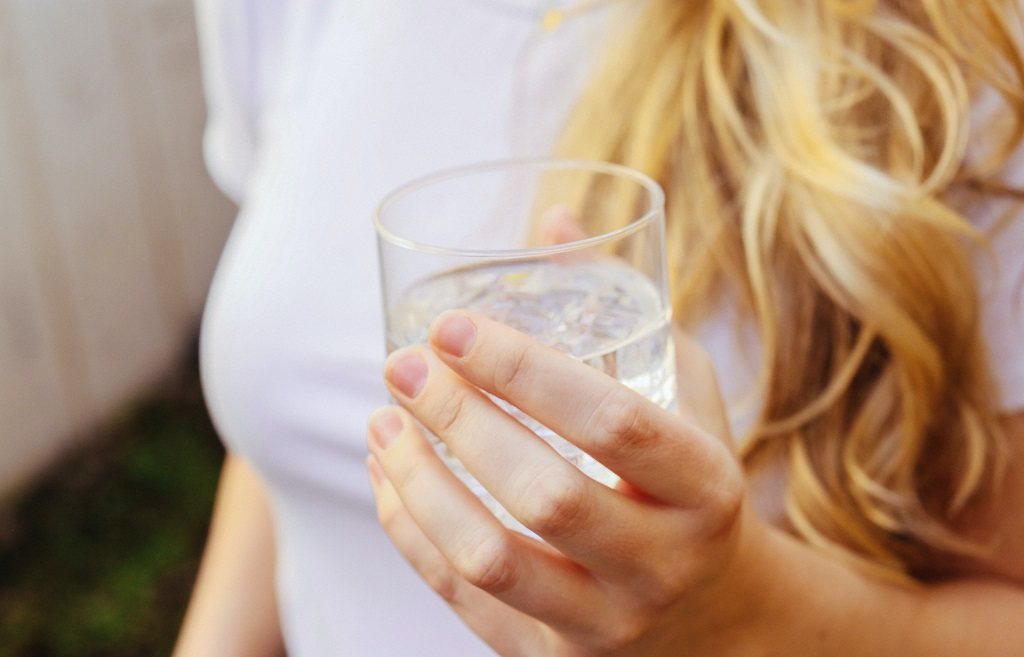Water is life. It is one of the most fundamental also significant things that keeps us alive and healthy. The importance of water applies to humans, animals, plants, and any living creatures on this planet.
How Much Water Does Your Body Need
About 60% of the human body is composed of water. Many people have the question: how much water I should drink every day?
The answer varies from person to person, as the total amount of water intake also depends on what you are drinking and eating. According to the Institute of Medicine, the ideal average water intake is about 2-3 liters per day.
We lose water through excreted sweat or in the form of water vapor in the breath we exhale every day. you should drink plenty of water to avoid dehydration every day. When you feel a dry mouth, you should trust that feeling. Your brain is telling you that you are thirsty, which is a great sign to drink water.
When Should You Drink Water
Generally speaking, you should drink when you feel thirsty. Yet, there are some good timing to drink water strategically and better serve our bodies. Read the following and learn about the best time to drink water in a day.
After waking up
The first cup of water after waking up can help activate your body, the internal organs in particular. This cup of water will “wake” your body and get your organs prepared for the day. The water also helps to remove any toxins before your first meal of the day.
Before a meal
Studies show that drink one glass of water 30 minutes before a meal helps digestion. To bear in mind not to drink too soon before or after a meal as the water will dilute the digestive juices.
After a meal
Many people tend to drink water right after a meal, but it is suggested to drink water an hour after the meal to allow the body to absorb the nutrients.
Before a bath
Drink one glass of water before taking a bath to help lower your blood pressure.
Before sleep
A glass of water before bed will help prevent any fluid loss that may occur during the night.
How Much Water Does Your Body Need
The right to access safe drinking water is something that we take for granted. However, even live in urban areas where the city water is delivered after water treatment, as public infrastructures have aged, the quality of water is compromised.
People have suffered. The water crisis in Flint, Michigan has rung the bell for us. Without clean water, everything that consumes or uses that water takes on a level of risk that is unacceptable.
Therefore, in order to keep ourselves hydrated, you have to make sure of the safety of your drinking water. There are two main ways to get safe drinking water.
Filtered water
Getting a home water treatment system is probably the most efficient way to get clean, safe and healthy drinking water. With many water treatment models on the market, you may get dazzled with the options.
My suggestion would be to check your local water quality first and find out what the contaminants are. Once you’ve learned that, you can strategically search for the water filter system.
Below are the removable substances by three popular filters on the market:
Activated Carbon Filter
- Bromodichloromethane
- Chloroform
- Dibromoacetic acid
- Dibromochloromethane
- Dichloroacetic acid
- Haloacetic acids (HAA5)
- Total trihalomethanes (TTHMs)
- Trichloroacetic acid
Ion Exchange Filter
- Chromium (hexavalent)
- Nitrate
- Nitrate and nitrite
- Radium, combined (-226 & -228)
Reverse Osmosis (RO)
- Bromodichloromethane
- Chloroform
- Chromium
- Dibromoacetic acid
- Dibromochloromethane
- Dichloroacetic acid
- Haloacetic acids (HAA5)
- Nitrate and nitrite
- Radium, combined (-226 & -228)
- Total trihalomethanes (TTHMs)
- Trichloroacetic acid
As you can see from the lists, the reverse osmosis system is the most certain solution that brings the utmost safety to your drinking water. The system offers the finest filtration accuracy of 0.0001 microns, which ensures the high quality of drinking water.
This Waterdrop D4 reverse osmosis system is an excellent choice for home use. It is a smart tankless RO system that requires minimal maintenance effort. The system yields tasty drinking water at a very affordable price.
Bottled water
The bottled water would be the easiest answer. While that may improve the quality of the water you’re drinking, it also comes with a few costs that can be avoided with filtered water.
First, billions of plastic bottles litter the planet, even if they’re collected, the environment is burdened by the carbon footprint created by those disposable bottles. When it comes to delivery services, you’re still using fuel to have that water delivered and plastic to hold it in place.
Second, if you use bottled water, you still have to go out and purchase it, throw the bottles out and recycle them and then go get more. Even with a home delivery service, you still need to manage that account. It’s not as convenient as simply installing a water filter on your tap and enjoying pure water in your home or office whenever you want it.
Finally, buying bottled water would actually end up with a very high cost compared to a water treatment system. The unit price for bottled water seems trivial, but when you do the math and compare the daily cost between bottled water and a water filter, you would be surprised by how cost-effective a water filter can be.




